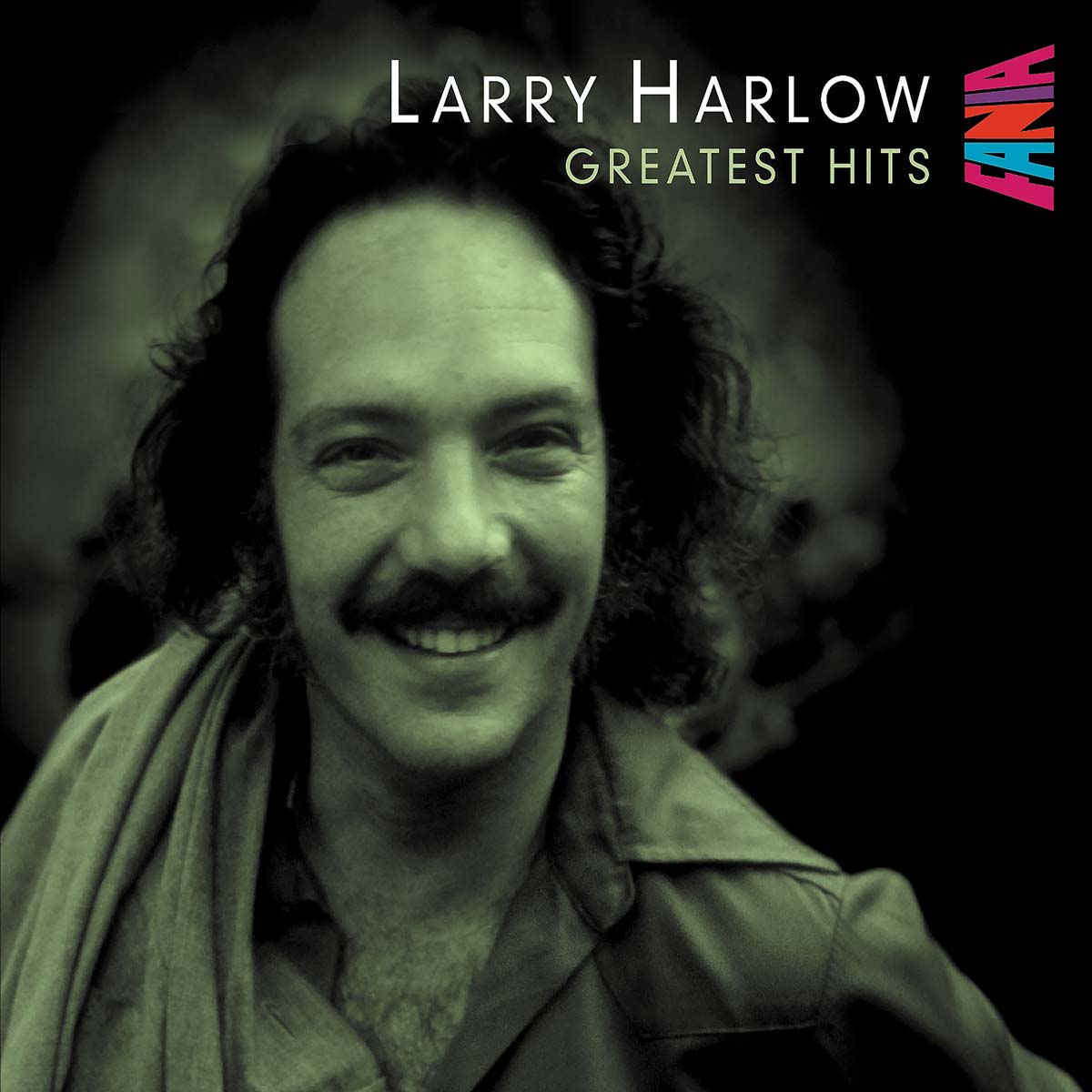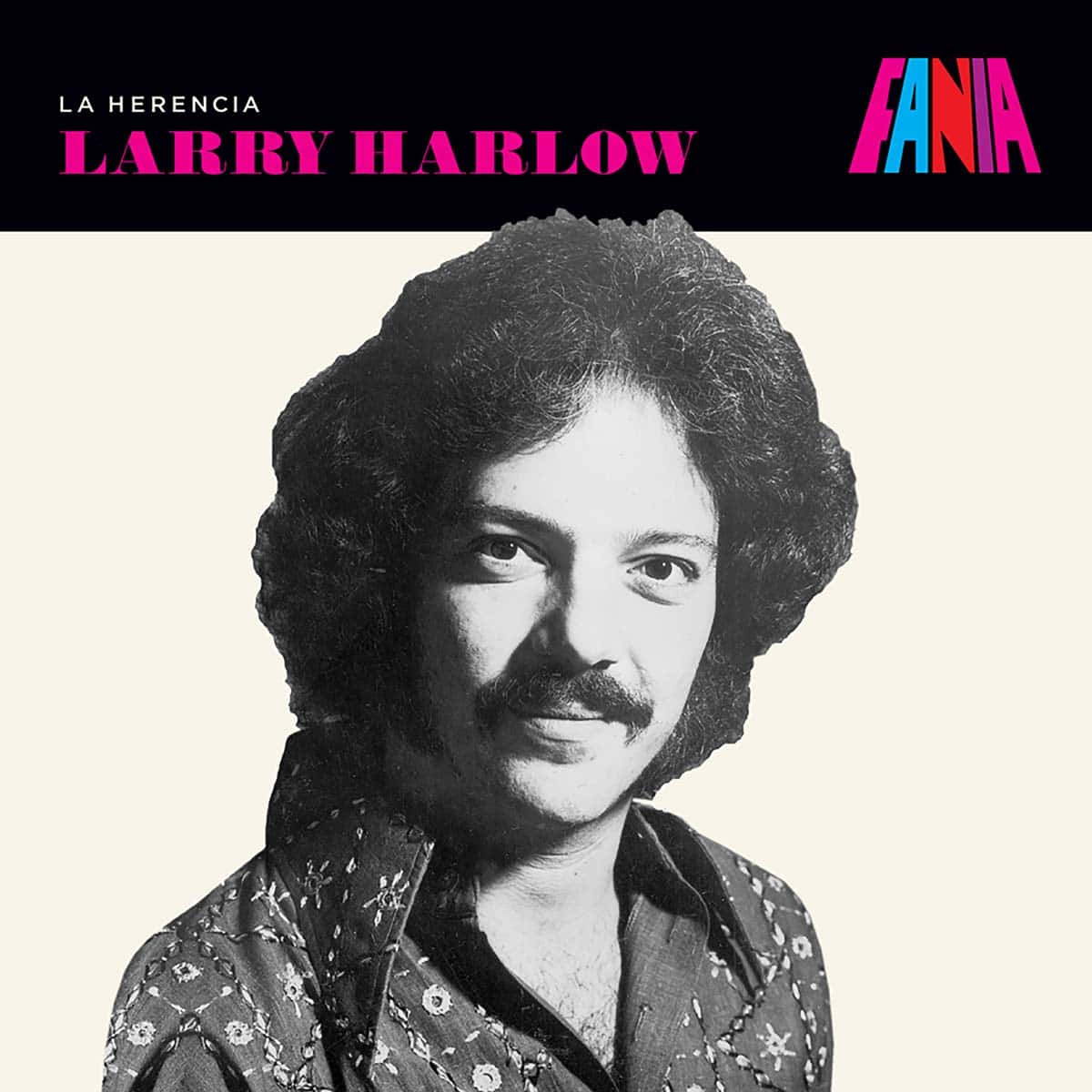
Fifteen tracks of Larry Harlow’s greatest hits is like a schmeer of cream cheese on a Cuban sandwich, enough to let you know it’s there but not enough to quench the craving. During the heady days of the ‘60s & ‘70s when Harlow crossed cultures and immersed himself in Latin music, these tunes rocked the dance floors, rang out from street corners and were blasted from block parties, cars and windows. A showcase for singers, arrangers and composers, tunes such as “La Cartera,” “El Jardinero del Amor,” “Abran Paso,” “Señor Sereno,” “Tumba y Bongo,” “Arsenio” and “Venceré” continue to appear on compilations and are favored fan requests for the vocalists who made them popular even as they enjoy solo careers today. Larry Harlow personifies New York City diversity like a toasted bagel washed down with café con leche.
Extreme and edgy, stretching boundaries and breaking barriers of resistance to outsiders, Larry Harlow has not only survived a niche industry like Latin music, he’s marked his territory on a foundation of innovation without compromising quality. This compilation underscores his dependability to lead a tight, well-rehearsed orchestra that’s always in tune, in pitch and harmonized, producing classics still fresh and vibrant today. Larry Harlow, “El Judio Maravilloso” has marvelously demonstrated his versatility, depth and breadth as artist, bandleader, producer, visionary and activist.
The second act to be signed to the nascent Fania Records label after co-founder and artist Johnny Pacheco, Larry Harlow became one of its first producers going on to generate some 270 records for other artists as well as his own. As producer, Larry Harlow churned out cult classics such as Sonora Ponceña’s early ‘70s Tiene Pimienta, or a young Mark Diamond’s Brujeria featuring an equally tender Angel Canales on vocals. Later, he lobbied the National Academy of Arts and Sciences to include the first separate category for Latin music. He was associate producer of Our Latin Thing and Salsa, two feature films where he also co-starred. As musical director and producer for the Fania All Stars, his stage antics and wardrobe are legendary. As musician and bandleader, Harlow shaped an orchestra with firm roots in Afro-Cuban and Caribbean structures while igniting the future with innovative experimentation with electronic instrumentation and quadraphonic sound. Innovation followed the bandleader leading to the first dramatically staged salsa opera Hommy, performed in Carnegie Hall where he collaborated with singer/songwriter Genaro “Heny” Alvarez setting the stage for Celia Cruz’s intro to a younger, urban market in her role as Gracia Divina. This was the production that introduced Junior González as Hommy to New York audiences. Heny Alvarez’ rustic vocals are featured here on the tune he co-wrote with Larry, “Mantecadito.” This concept recording was quickly followed by the Grammy nominated La Raza Latina, A Salsa Suite featuring a young Ruben Blades.
So enamored of the Afro-Cuban culture, Larry became an initiate (iyawo) in the African derived religion know as Regla de Ocha or Santeria. Over coffee one day, he recalled how his Jewish mother remarked he looked like the Mr. Softee ice cream man when she saw him dressed all in white. And when Fania Records was reticent about his royalties, he had the temerity to sue them and take it to the press. Bold, brash and completely outrageous, Larry Harlow resonated with a creativity that could not be ignored or excluded. Born Lawrence Ira Kahn on March 20, 1939, the young multi-instrumentalist traveled to Harlem from Brooklyn daily. His father Nathan “Buddy” Harlowe, (his stage name), was a popular bandleader/bass player at the famous Latin Quarter nightclub. Larry and his brother Andy were quickly immersed in music. Larry started piano lessons at five and later played organ, oboe, English horn, flute and bass, while studying harmony and composition. But the biggest musical lure for the young musician was pouring out of the streets of Harlem. It was 1955 when Larry found the bridge that took him to the clave. Attending Harlem’s Music & Art High School, he was classically trained and a sight-reader. Larry however wanted to play jazz and the music he was “feeling” on the streets. He took a job as pianist for a new salsa band, but when he came to the bridge of the piece, the mambo section where improvisation is required on the piano solo, he didn’t know what to do. He bought a few recordings of master pianists Noro Morales, Joe Loco and Jose Curbelo and began copying their solos and trying to get around that one chord C7 bridge. He was faking it, not really knowing what he was doing…until he went to Cuba for Christmas later that year.
He fell in love with the music of tres guitar player Arsenio Rodríguez and fashioned his first bands after the orchestras of Habana old. Back in New York, Harlow started going to the Palladium every Wednesday night. Playing son montunos and charanga rhythms, Harlow later paid tribute to Noro Morales with the release of Rumbambola featuring “El Albino Divino,” the late, Nestor Sanchez on vocals. A Marty Sheller arrangement, “Con la Mayor Elegancia” has Sanchez proudly claiming himself champion of the soneros literally providing a master vocal class in song. Add the nasty, swinging flavor of Larry’s band and this is a classic, “phat,” salsa dura dance number that wickedly swings hard on both the dance floor and bandstand. “Yo Soy Latino,” his last for Fania Records, also features the virtuosity of Nestor Sanchez’ amazing voice with a tasty bongo solo by Nicky Marrero and the funky backbeat bass lines of Sal Cuevas adding hipness to the guajira. When Arsenio died in 1970, Larry Harlow produced a groundbreaking tribute album in honor of the Afro-Cuban who heavily influenced him. You can hear Larry playing clavinet as well as singing backgrounds on this recording that produced three hits starting with the title tune “Arsenio,” “Tumba y Bongó” and the seven minute long “No Me Llores,” considered the Dj’s favorite, Harlow chuckles, revealing it was long enough for them to use the bathroom. From El Judio Maravilloso Larry adopts the moniker that mirrored Arsenio’s “cieguito maravilloso” nickname in spiritual bond to the blind musician branding Harlow as not just a novelty but a major player on the scene. Writing five of the nine tunes starting with the title track, Abran Paso, vocalist Ismael Miranda and Larry Harlow were blowing up dance floors.
A self-defining and empowering creed of cultural independence, “Abran Paso” is bold and arrogant outside, spiritual and humbling inside. Javier Vasquez’ arrangement conforms to the audacious lyrics by harmonizing the brass making room for Ismael’s charging soneos. “Señor Sereno,” is another highlight of both Harlow and Miranda’s career. Larry’s piano comping on the mambo is urban, jazzy and gritty on this take. The ‘bones and trumpets counterpoint with improvised “moñas” that crescendo the swing into a crashing peak, followed by lyrically soulful trumpet verses that round robin each other for the spotlight. “El Negrito Ñengere” from El Judio Maravilloso, features Junior González on vocals. The Harlow sound is now ripened with music shifting from edgy contemporary to traditional Afro-Cuban modes. Here Larry tinkers with sounds sprinkling samplings from moog (synthesizer) and celeste (tinkling instrument) onto the electronic soundscape. “Venceré” from the Con Mi Viejo Amigo CD is another Miranda composition creatively arranged by Jorge Millet. A swinging tune with blaring brass and crescendos, Harlow never fails to give the dancers what they want. By the time Harlow released “La Cartera” from the Salsa Lp, everyone knew they could count on Harlow for a tight band, precision swing and potent singers. “La Cartera” marked the ‘70s with its top ten appeal and unassuming cover. Much as this compilation has illustrated Harlow’s winning combinations, innovations and commercial successes, go back to the original productions and see if you aren’t overwhelmed by the idiosyncratic virtuosity of El Judio Maravilloso.
Written by Aurora Flores



